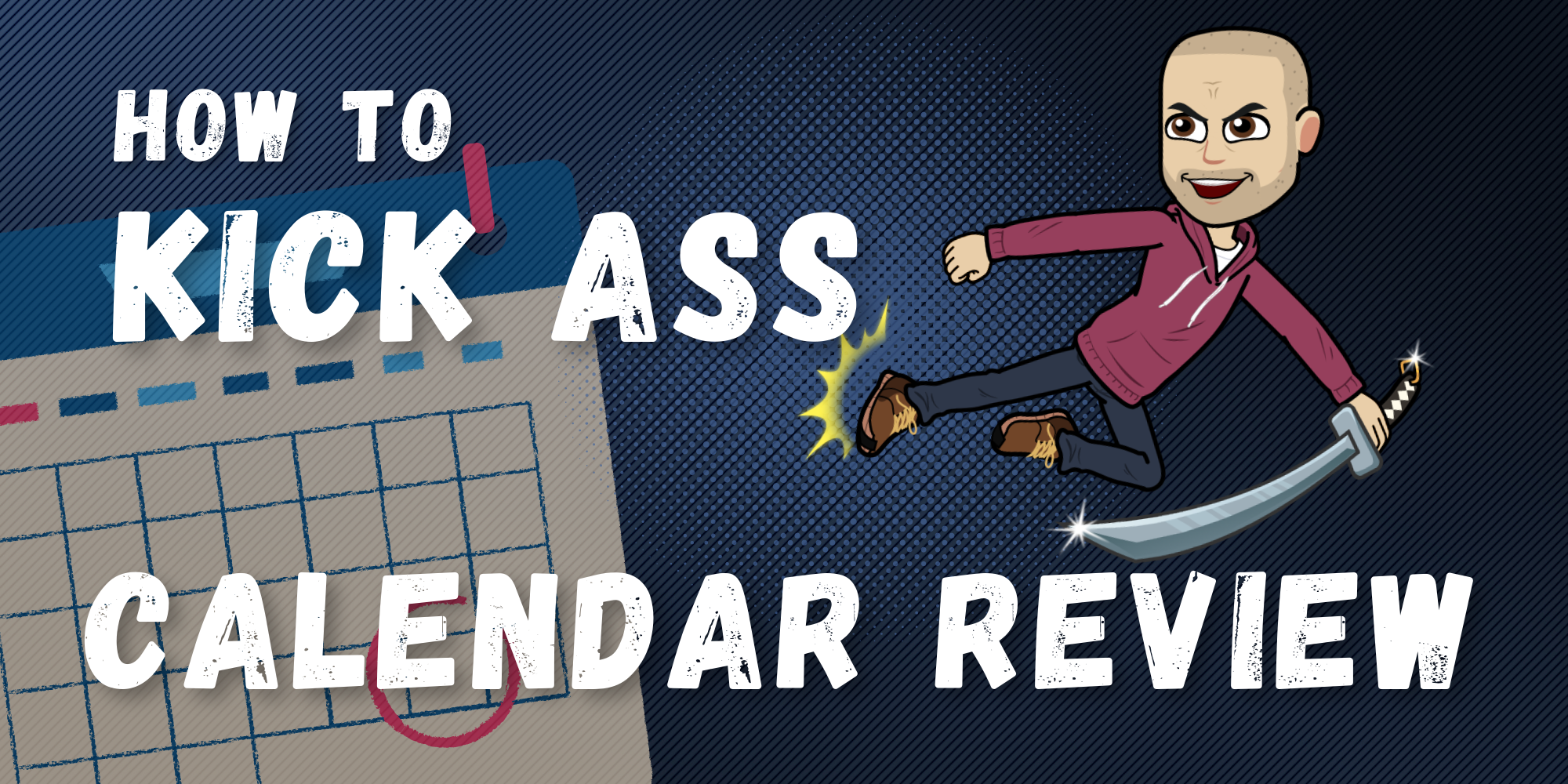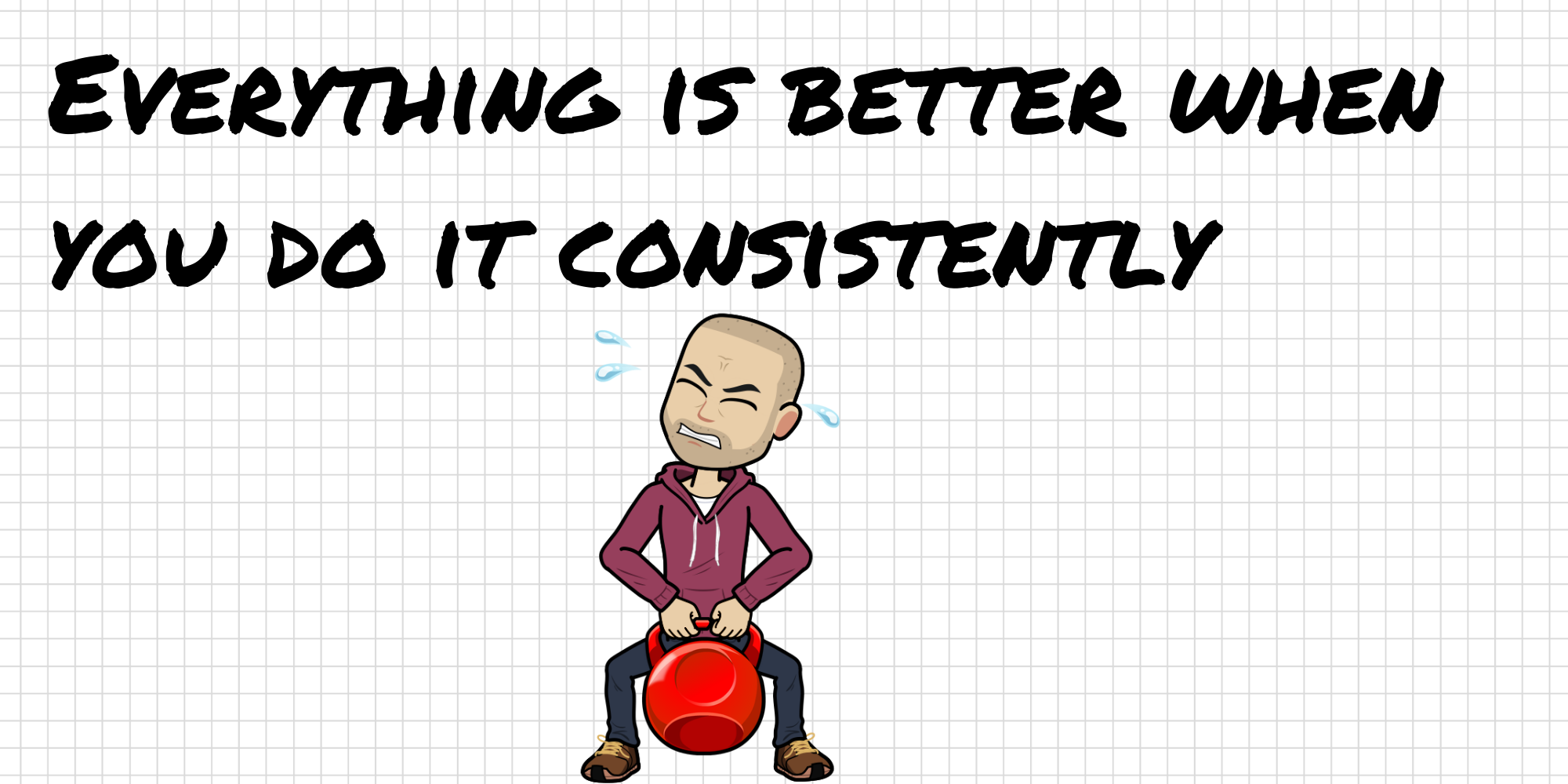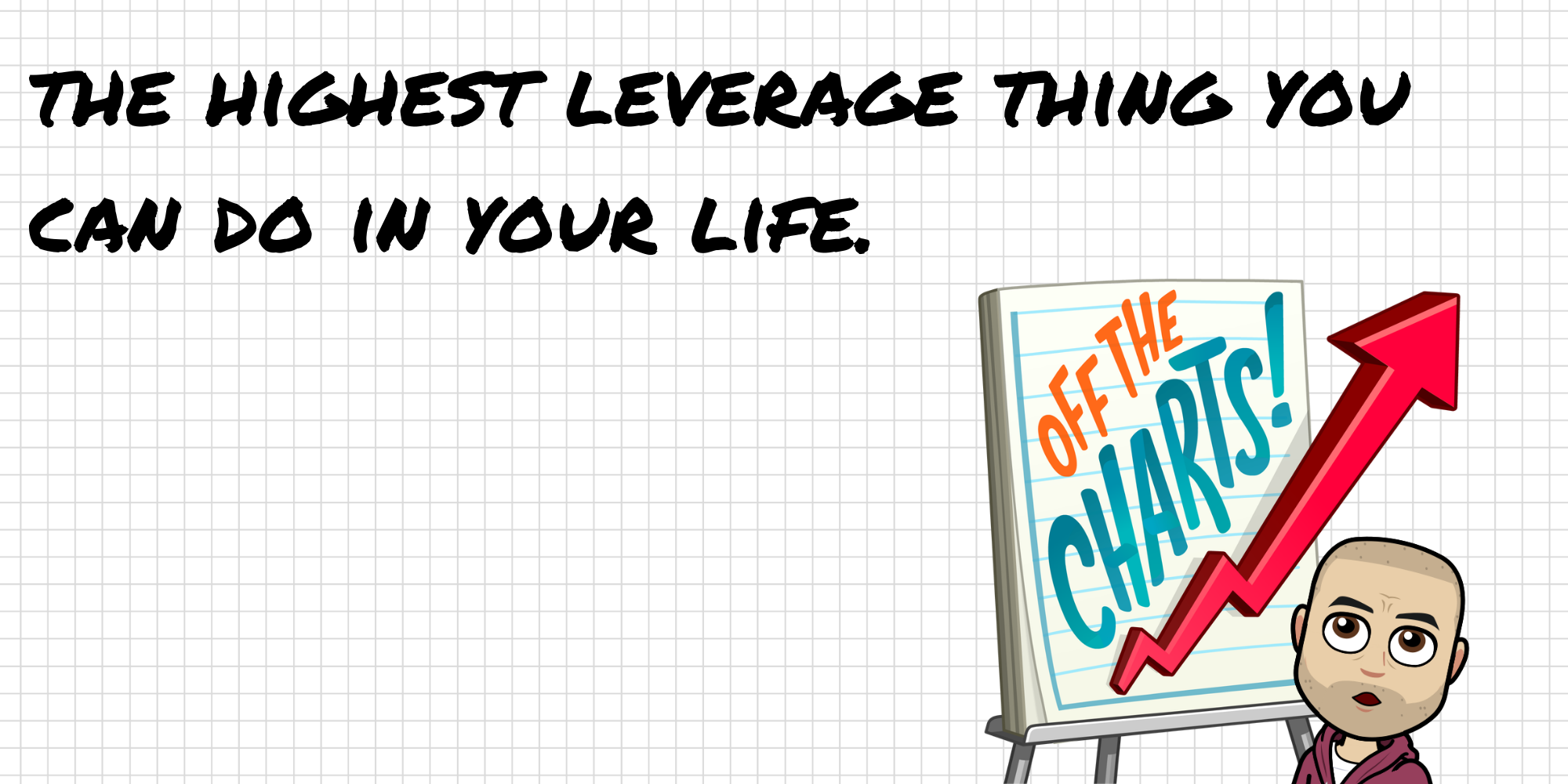Amazon's process to get the results they want

Simple and powerful concept that will help you think and execute better at work and personal life
This deceptively simple thought process colonized my thoughts I see it everywhere, both in the professional world and in my personal life 🤯
Amazon uses two types of metrics:
- Output metrics - Meaning results or outcomes.
- Input metrics - Things you do that impact the results, the Output.
In the spirit of "Trust the process", and focusing on what's under your control, Amazon focuses on 'controllable input metrics'.
Input and Output metrics are related.
Amazon first decides on an Output metric they want to impact. Sales, conversion rates, etc.
From the Output Metric, they derive an Input metric they believe will impact the Output metric, Hypothesis.
Leverage the power of incentives
They take into account that the Input metric is the incentive, which people will work to optimize for.
They lean into Charlie Munger's idea that incentives are what drives human behavior and design the right incentives to reach the desired Output.
“Never, ever, think about something else when you should be thinking about the power of incentives.”
— Charlie Munger
It's a process
They don't get it right the first time.
Teams will optimize and meet the Input metric, but the Output won't improve, so they'll adjust the Controllable Input.
The Output metric is the "target function"
You test and refine Controllable Input metrics until you find the right ones that effect the Output metric.
Fighting Goodhart's law.
Focusing on Controllable Input Metrics help you in a few ways:
- You can't hide behind excuses and speculation, these are things the team/person can directly impact, if they didn't meet them asses, adjust and go again.
- Clear focus - You know what are the actions you need to take, you can easily decide on your next step.
e.g.
Metric: "Talk with 500 prospects by the end of the week."
Next step: Get on the phone talking... OR Book new calls. - Clear feedback loop - You'll see clearly if you're meeting your input metric or not, and make decisions based on it.
If you're not meeting it, work on improving what and how you're trying to reach it, or consider changing the metric if it's not realistic.
If you're meeting your Controllable Input metric, they are two options
1) You're meeting making good progress towards the Output - Great keep going! Scale it up!
2) Not making progress, no impact on Output, it's time to refine your Input metric. The lever you're pulling on isn't effective, stop pulling it in the same manner, reassess and adjust.
Example
[Source]
- the process that Amazon uses to get to good input metrics:
One mistake we made at Amazon as we started expanding from books into other categories was choosing input metrics focused around selection, that is, how many items Amazon offered for sale. Each item is described on a “detail page” that includes a description of the item, images, customer reviews, availability (e.g., ships in 24 hours), price, and the “buy” box or button. One of the metrics we initially chose for selection was the number of new detail pages created, on the assumption that more pages meant better selection.
Once we identified this metric, it had an immediate effect on the actions of the retail teams. They became excessively focused on adding new detail pages—each team added tens, hundreds, even thousands of items to their categories that had not previously been available on Amazon.
(...) We soon saw that an increase in the number of detail pages, while seeming to improve selection, did not produce a rise in sales, the output metric. Analysis showed that the teams, while chasing an increase in the number of items, had sometimes purchased products that were not in high demand.
Oops.
So far, this seems like a typical Goodhart's Law story — you define a metric and then you realize that your company is optimizing for the wrong thing.
But what's instructive is Amazon's use of the dual nature of the input and the output metric to correct for this:
When we realized that the teams had chosen the wrong input metric—which was revealed via the WBR process—we changed the metric to reflect consumer demand instead. Over multiple WBR meetings, we asked ourselves, “If we work to change this selection metric, as currently defined, will it result in the desired output?” As we gathered more data and observed the business, this particular selection metric evolved over time from
Amazon started refining their input metric
They started with: number of detail pages. Which they refined to

Number of detail page views (you don't get credit for a new detail page if customers don't view it), which then became

The percentage of detail page views where the products were in stock (you don't get credit if you add items but can't keep them in stock), which was ultimately finalized as

The percentage of detail page views where the products were in stock and immediately ready for two-day shipping, which ended up being called 'Fast Track In Stock'.
Amazon consistently examined what they control, the inputs, to check if they're bringing them closer to the outcome (Output) the want, more sales.
Takeaway
Know what's the desired outcome you're aiming for. e.g. increase in sales. Wake up at 5am.
Model situations in your life or work using this model, it'll give you a useful perspective.
Look at your actions are they bringing you closer to your desired outcome?
What are the levers I control that can impact it?
Use it to get results in the professional world and in your personal life.
TL;DR
- Output metrics are a desired result.
- Controllable Input metrics are levers you control and manipulate, which you believe will get you to the desired result (the Output metric). Your Hypothesis.
- This is a process of designing and refining the Incentives (Input metric), to shape the behavior of teams, which will lead them to the desired result.
- Using the Charlie Munger concept that Incentives are what drives human behavior.
- And fighting Goodhart's law, by redefining the incentive until they meet the "Target Function" (=Output).
- This can be used in your personal life or work.
Source: How Amazon Uses Input Metrics
If you'd like to get ideas, techniques and tips that will help you build the life you want, subscribe below.
* It takes 10 seconds and I never spam.

Other posts I think will help you





Member discussion